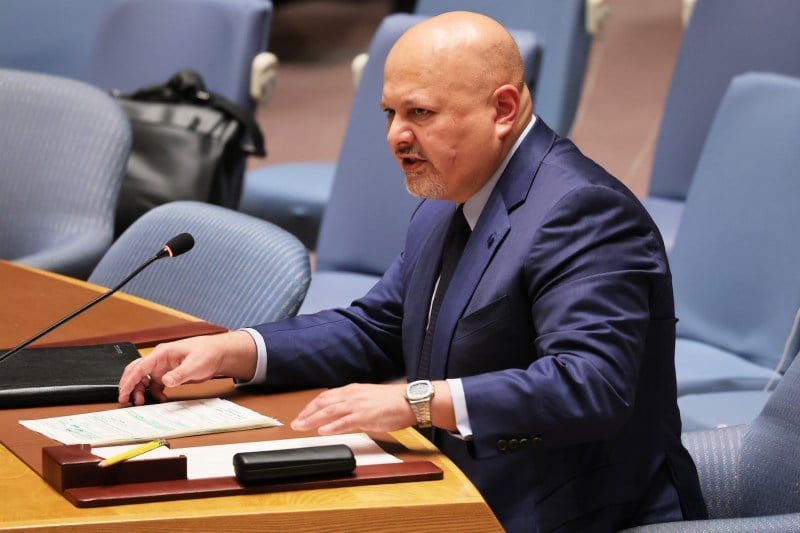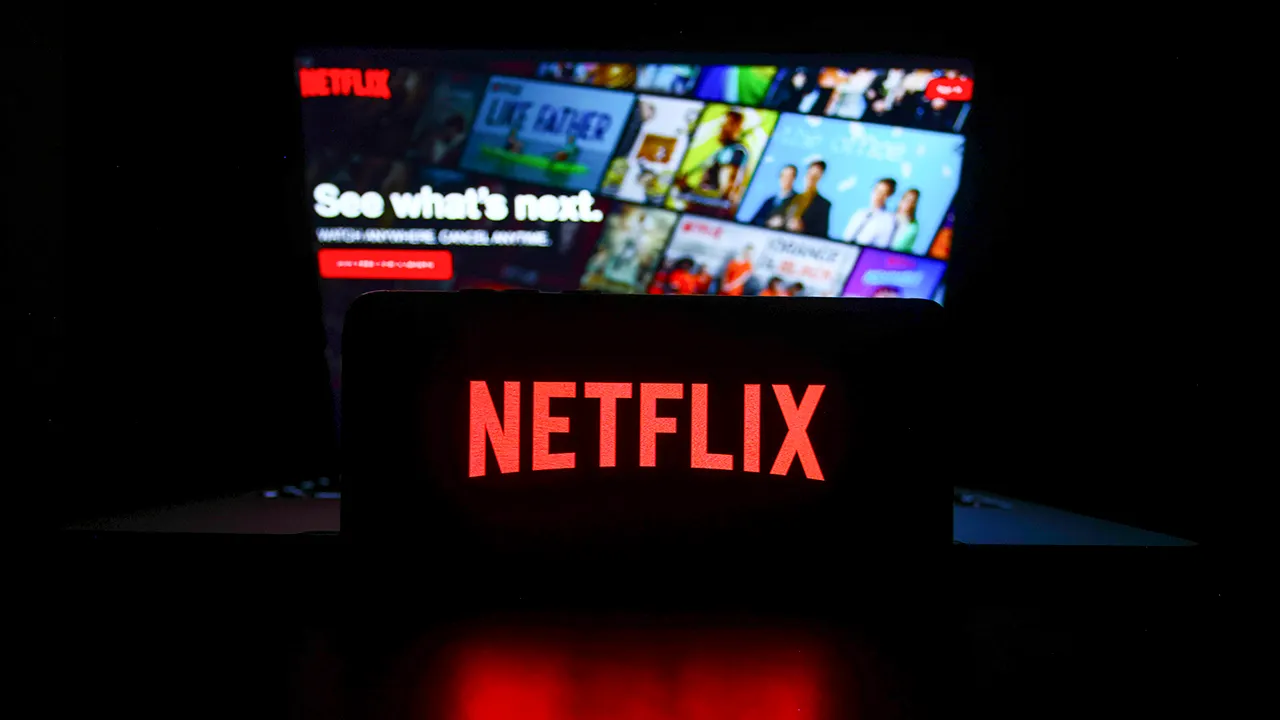Nancy Streit is a middle-school teacher, so she understands well that it can be very difficult to compete with a smartphone for a child’s attention. But she is a mother, and she also knows that the devices are indispensable if you need to call in an emergency.
“It’s mostly the parents calling,” she says. She does not let students use the phone in her classroom, but they constantly violate the rules.
However, that is the last week the Los Angeles school district, the second largest school district in the country, has also banned phones in schools. This is part of the growing and well-known trend of more states and schools across the country dealing with children who are completely dependent on devices.
Earlier this week, California Governor Gavin Newsom called for, and stated he would work with legislators on, a ban on smartphones in classrooms. New York Governor Kathy Hochul has also called for such a law.
This spring, Indiana’s governor signed a classroom ban into law, set to commence in the autumn. These measures are the newest developments in the long-standing debate over policing smartphone usage in schools and occur in conjunction with rising concerns about youth mental health in the wake of the pandemic.
Already, most US schools have some form of smartphone policy. As per the US Department of Education, approximately 76% of schools banned their non-data usage in the academic year 2021–2022.
But the most recent round of regulations aims to go even farther.
Los Angeles school teacher Raphaela Hodges says not only has she spied a worrying new side effect of the way children are socialised, but it is playing out in a disturbing manner.
They call me when they’re scared,’ she told the National Diplomat. It is similarly popular among state legislators, in both Republican- and Democrat-controlled states, seeking to do exactly the same.
Last year, Florida passed a state law that required school districts to keep phones out of the classroom and block social media on school wi-fi. It also calls for schools to “provide instruction on the social, emotional, and physical effects of social media“.
Maine and Virginia are among a small number of states issuing strict rules on how students can use phones in school, often leaving it up to local districts, alongside provinces in Canada like Ontario and Alberta.
An enduring debate
And then phones in schools are a concern but unlike many other things, it have been around for almost as long as the devices and there is little consensus and much controversy, along with some evidence which supports or refutes lines of argument – so they are not entirely cut and dry.
Communication stop-shop devices in classrooms have been tried to be banned by the US since the 1980s. A drug trade connection, and the fear that it could distract students, also proved controversial with early critics.
However, after 13 people died in the shooting at Colorado’s Columbine High School in 1999, some parents and a few schools called for a re-evaluation of whether telephones should have been a key tool of communication for emergencies. States loosened regulations: California repealed a ban on mobile phones in 2002.
As schools began to see telephones as increasingly distracting and to use them for cyberbullying, the opportunity they offered for youngsters to cheat on assignments was a growing concern once again at this level.
By doing so, New York City took strict measures. The city enforces a general ban with more than one million students in its jurisdiction – yet in 2015 it reversed itself so that individual schools could set their own guidelines.
The relationship between social media and student affections
These policies are being nationalized at a time when experts are already worried about students’ mental health and use of social media.
On Monday, one high-ranking U.S. health official said something like the warning labels on cigarette packs should be stamped on social media platforms.
Surgeon General Vivek Murthy claimed that social media makes children much more likely than their internet eras to be afflicted by symptoms of anxiety and depression, although research on the subject has been contradictory.
Dr Murthy told the National Diplomat that the environment in the classroom is unlike any we have ever seen before: kids who should be learning are at the same time using their phones and not entirely still conversing with friends via apps or replying to messages on Facebook Messenger, plus scrolling through notifications–the whole ball of wax! For him, “This not only makes learning difficult, it also makes it difficult to remain open and to concentrate on relationships or friendships in high school.”
In another study published in 2019 and frequently cited by federal health offices, adolescents who use social media more than three hours a day see higher rates of mental health problems such as anxiety and depression.
How successful the law will be.
Are schools teaching people how to be safe and rule out under the bell with regard to social networks that sounded right around that time?Mr. Trump, who is the president of the National School Safety and Security Services, said that without a strong community consensus as well as consistent enforcement over time, it will not work.
He said, “It’s a very complex matter. People looking at it from somewhere else—even the average parents who are the shooters and have brought this problem into being–right away think there must be an answer, but it doesn’t fall like that.
The devices could be banned next year after board members in Los Angeles voted on Tuesday. Naturally, it is still unclear how the policy would work.
Alyssa, a high school senior in Los Angeles, where many schools have thousands of students, told the National Diplomat she could not fathom not having a phone in high school.
We have huge campuses—nobody can police all that,” she said. “There’s a million of those lands where one can go invisible.


















